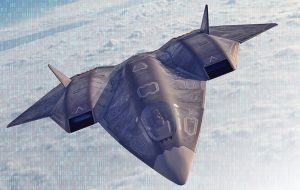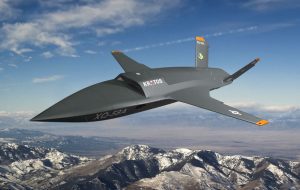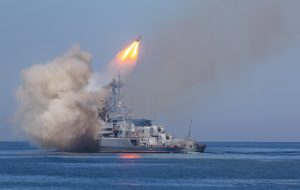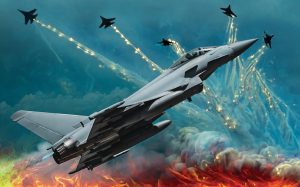The origin of the virtual training goes back to the eighties of the twentieth century, when computers were used to simulate training, which granted military personnel a chance to train in a safe and controlled environment. The virtual reality takes computer based training to the next level. It gives trainees the chance to not only train in a safe way, but one that is incredibly realistic and intuitive. This gives them the chance to perfect their military skills[1]. This analysis will shed light on virtual training and its most prominent forms, in addition to the multiple benefits it provides to armies. It will also refer to the American and Chinese experiences in benefiting from some forms of virtual training.
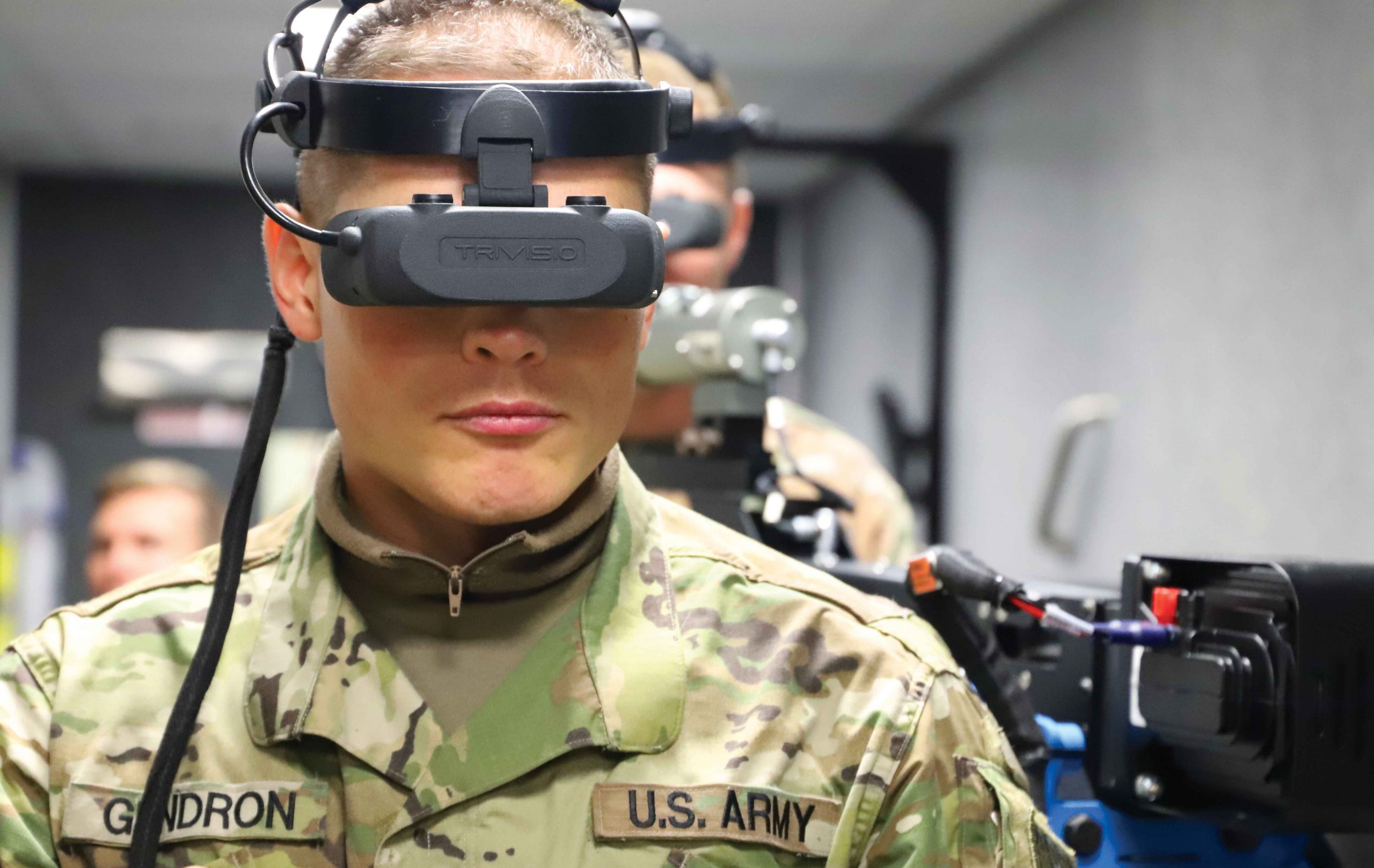
Virtual Training Forms
Virtual training is considered an application of virtual reality and it is intended to create an unreal environment by using computers and other information technology devices and tools. Virtual reality is a three-dimensional world made by computer to enable personnel to move and interact with the help of some technical devices, such as special helmets, glasses, headsets and special gloves that enable users to hold and grab things in the real world.
There is also the socalled augmented reality, which differs from the virtual reality technology in one important aspect: the user will be able to see imaginary dual and three dimensional scenes in real surroundings. These scenes are integrated with reality before the user, to produce what is known as “Augmented Reality”.
In “virtual training”, users act, behave and have experiences closer to what is happening on reality. This is similar to the virtual environments, which are used in flight training, or marine navigation, etc[2] .
Some analysts coin a more general definition for “simulation training” or virtual training, and considered it: “the process of using a comprehensive modern simulation technology based on computer technology, virtual reality technology, distributed simulation technology and artificial intelligence technology to simulate the performance of weapons systems, the environment of combat, the enemy performance, combat tasks, and the combat operations with high precision. The trainee can feel an atmosphere close to the actual fighting atmosphere, which resulted in raising his training level to the maximum by the end of the training”[3] .
The market size of virtual training and military simulation amounted to about 10.31 billion US dollars in 2016. It is expected to reach 12.67 billion US dollars by 2021, with a compound annual growth rate of 4.20 % during this period.[4] Some estimates expect that this market will grow even more in connection with the Corona pandemic, that caused in postponing a number of joint military trainings around the world.
Virtual training can be divided into four main types
1 Weapon Simulation Training: This type of training aims to improve the operational level of equipment, and its maintenance, so it can be divided into operation simulation and maintenance simulation.
2 Military Campaign Simulation Training: It aims to simulate military operations, which revolve around carrying out specific combat missions.
3 Strategic Simulation Training: It helps senior and middle leaders on decision making strategy, and also helps in the development of strategic thinking.
4 Weapons Using Simulation: This simulation method of work equipment and weapons which saves required time and effort. It can reduce the technical corrosion of weapons and equipment, and is used widely in different types of training on military equipment.
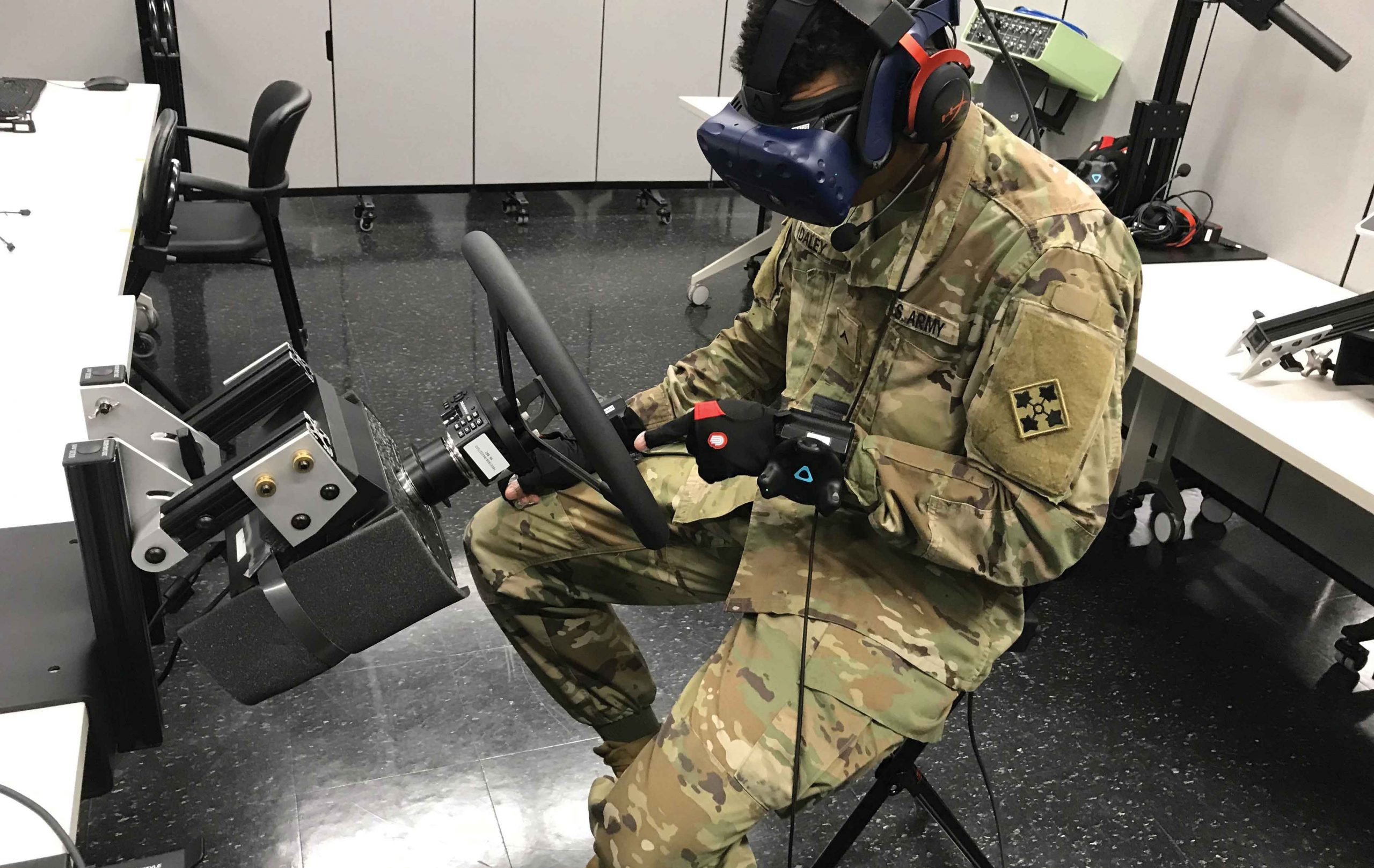
Multiple benefits
A number of virtual trainings benefits can be clarified, namely:
1 Reducing Spending: UK Ministry of Defense revealed that training a soldier in the British army on the basic combat skills costs 38 thousand sterling pounds. Of course, advanced and specialized training and combat actions that need more equipment will require spending far more than the previous cost. [5] .
It is known that military training requires spending a huge amount of money, as well as moving massive amount of vehicles and the mobilizing a large number of troops to be trained. In addition, national legislations impose restrictions on training places, which is considered an additional benefits of virtual training.
Growing restrict regulations reduce the list of training places that can be used by armed forces. Germany offers an example of how civilian population has become a restricting in regard with the number of training and where the armed forces can be trained.
2 Reduction of losses in the ranks of the armed forces: Some military statistics show that one of every 20 soldiers die in military training, which demonstrates the importance of virtual and augmented reality techniques in training without loss of life, as they are considered very safe, in addition to the low cost.[6] In the United States, 31.9 % of the total US military deaths happened between 2006 and 2018, during training while there were only 16.3% deaths in hostilities [7] .
3 Hone the skills of the trainees: VR training is a good way to give military personnel an opportunity to learn basic skills to survive in highly stressful, dangerous and diverse environments in a safe and risk free location. Virtual and augmented training can hone individual’s fighting skills and decision making in response to different scenarios, as well as promoting tactical and strategic thinking.
4 Provide a collective training opportunity: The ability to rely on colleagues is critical to all military units in order to perform their functions efficiently. Virtual reality training provides units an opportunity to train together, which means that it can help in training on how to work effectively by mutual dependence between trainees. They will understand the impact of their deeds on their colleagues[8] .
5 Collective training with the ability of individual assessment: Virtual and augmented training contributes to training large numbers of personnel at the same time. This helps reduce training spending, as well as ensuring the consistency of the training method among thousands of military personnel, with the added advantage of being able to monitor and evaluate individual performance.
6 Embodiment of complex environments: Virtual reality can provide a realistic digital replication of the complex environments, providing soldiers a safe way to learn how to engage with the enemy, whilst also coping with external factors such as the presence of civilians, as well as varied conditions, including different times of day and weather challenges. Moreover, virtual and augmented reality training enables soldiers to learn how to cope with highly stressful situations and improve a range of skills, from effective communications to decisive fighting techniques. And it can also help them to learn how to deal with hostile environments, such as suicide bombers or sniper attacks .
7 Training during epidemics: Corona pandemic has raised questions about how the military forces can carry out their training and preparations to protect the homelands against any potential threats, in light of the commitment to implement safety measures to prevent infection from corona virus. Experts and specialists answered that there is a need to accelerate plans to develop and update training programs and to increase investment in new virtual reality technology.
The American Experience
The Army US tends to shift its focus to fighting in the multienvironment. Therefore, the army requested contracting a new system that allows collective training on air, land, sea, internet and space. This system will not be used for training purposes, but as a planning tool for military tasks. To meet the requirements of this new system, they developed “Synthetic Training Environment”.
Synthetic Training Environment is considered a 3D training tool for soldiers. It combines virtual gaming and training environments to help troops better prepare for war against technologically advanced enemies such as China, Russia, or other potential enemies .
This system consists of “One World Terrain”, and gathers accurate virtually realistic maps for all regions, in addition to the training simulator, a tool for the management of training, and virtual collective trainers. The idea of this system is to enable that the trainee to click anywhere on the virtual globe and go there.
Soldiers can then be effectively trained in a specific environment where they are expected to work in reality. A few years ago, the construction of this system was difficult, tedious and costly but through of new technology applications, we can build the system in eight hours instead of nine months in the past[9] .
The training simulator also supports the simultaneous training process across multiple sites and training platforms. The Training Manager tool allows users to build training scenarios based on simulation databases. The United States expects to finish this system, and to be employable in military training, in fiscal year 2023.
Chinese experience
Rocket Force in the Chinese army use virtual reality to train soldiers on using the missile systems. This step means the possibility of training frequently at low cost, as the forces can be trained on launching missiles without really installing and launching them. It was also possible for the Chinese soldiers to train on tactics associated with launching missiles without leaving the base.
The new virtual reality training platform enables the Chinese soldiers in The Missiles Force Unit to exercise leadership, work and support tasks in an environment that resembles the real world. This technology has also turned “largescale” missile training in the past into a “quiet and effective training”.
A missile launch exercise in practice involves the participation of thousands of soldiers and requires the transportation of large pieces of equipment to a training environment. The “virtual training ground” means that it is possible to simulate the exercise, so that soldiers can use it for training repeatedly. China seeks to emulate the world’s most advanced armies in this field [10] .
As paratroopers in China turn to virtual reality in a try to strengthen the combat readiness, their military leaderships try to change the training model from the Russian to the American model to address the lack of real combat experience.
A Chinese brigade commander was quoted saying that all new recruits underwent a Parachute training, using virtual reality for the first time, and we are satisfied with the results. He noted that the airborne virtual reality training is too flexible in the simulations for taking off and landing, as well as some emergency cases. It provides very real experiences, that allow trainee to learn the skills and basic theories of skydiving operations [11] .
In conclusion, it can be said that many countries have begun to benefit from virtual training to raise the skills of their armed forces, given the many advantages it provides, the most prominent of which is reducing spending and enhancing the efficiency of the armed forces. The repercussions of the Corona pandemic accelerate the tempo of adopting “Virtual Training” in many countries.
Dr. Shadi Mohamed
Researcher in military affairs



